Affordance is what the environment offers the individual. James J. Gibson, coined the term in his 1966 book, The Senses Considered as Perceptual Systems.
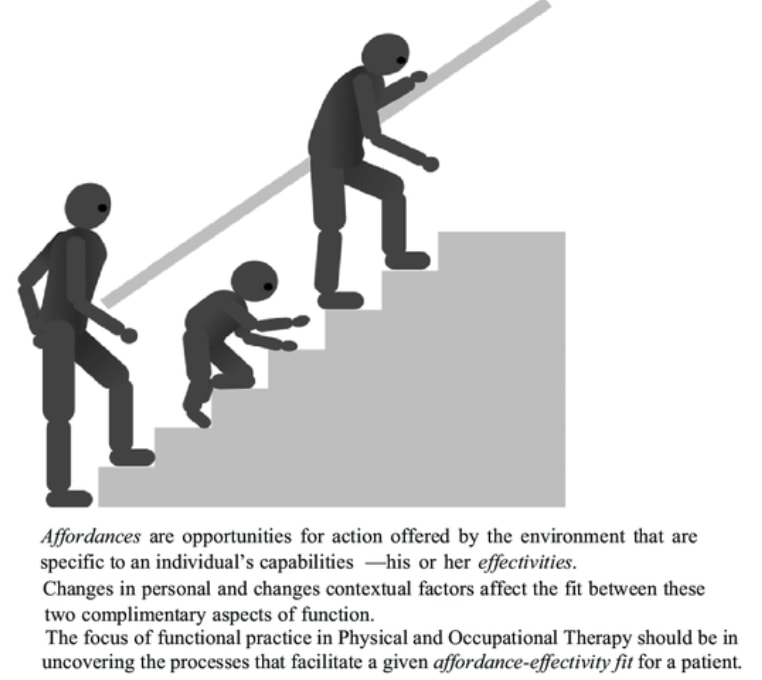

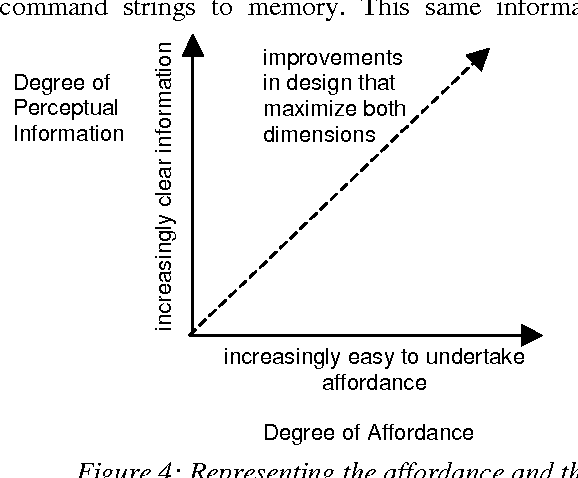
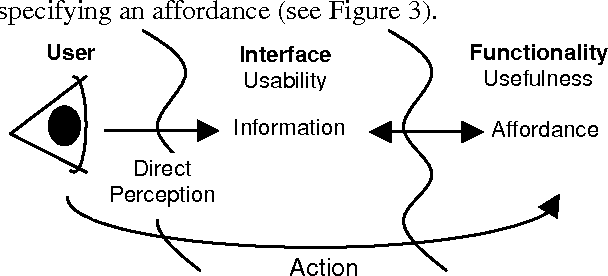

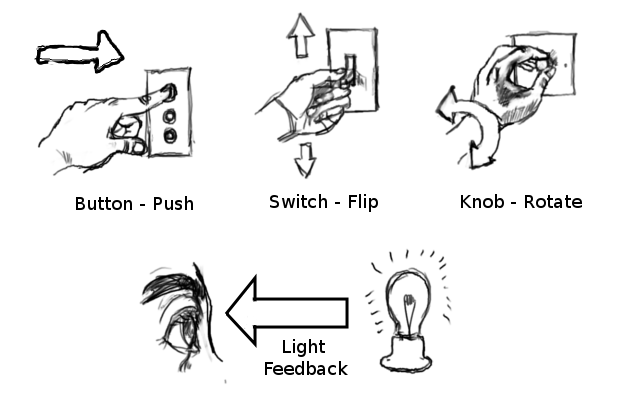
Images from Affordances: Clarifying and Evolving a Concept - by Joanna McGrenere (2000)
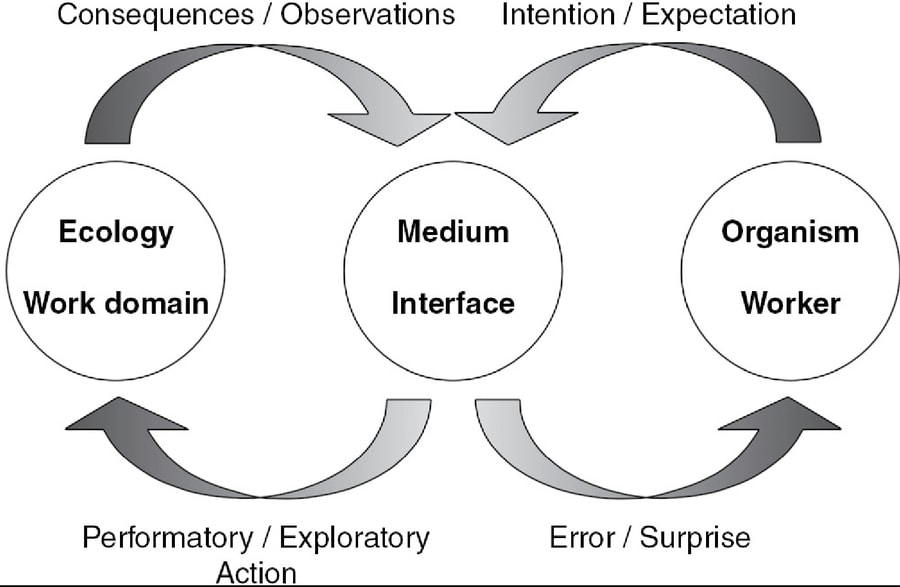
Eleanor (1910–2002) & James J. Gibson (1904–1979) were American psychologists who coined & expanded research on an ‘ecological approach’ to perceptual psychology. They positioned perception as shaped by environment & the way the observer reacts & interacts with it: Stimuli that prompt visual & sensory impressions were locally observed & directly perceived, rather than through neural or cognitive systems that involved evaluation and analysis.
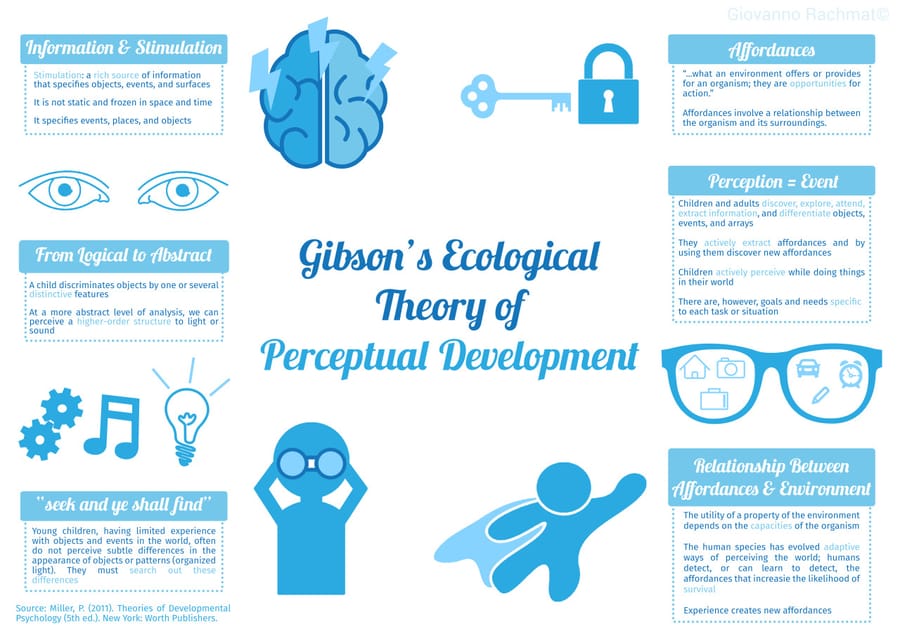
Gibsonian ecological theory of development: "Gibson emphasized the importance of environment and context in learning and, together with husband and fellow psychologist James J. Gibson, argued that perception was crucial as it allowed humans to adapt to their environments. Gibson stated that "children learn to detect information that specifies objects, events, and layouts in the world that they can use for their daily activities". Thus, humans learn out of necessity. Children are information "hunter-gatherers", gathering information in order to survive and navigate in the world."
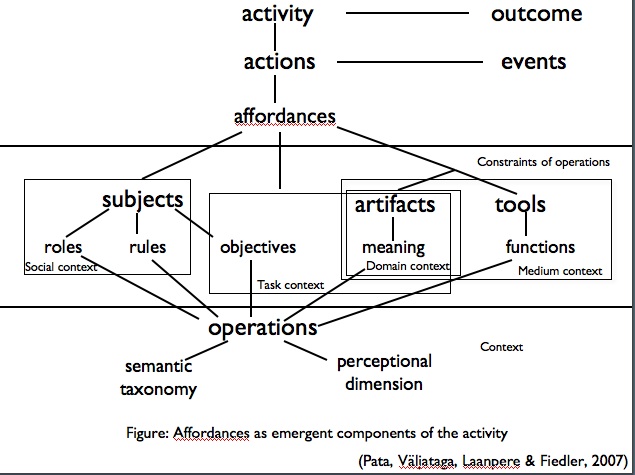
Related posts by Kai Pata
- About affordances again
- How are affordances dynamic?
- Two Theories of Perception and affordances
- Interactivity and affordances in digital ecosystems
The following from the book "Understanding Context" - by Andrew Hinton: Chapter 4 - Perception, Cognition, and Affordance:
"In the Universe, there are things that are known, and things that are unknown, and in between there are doors." —WILLIAM BLAKE
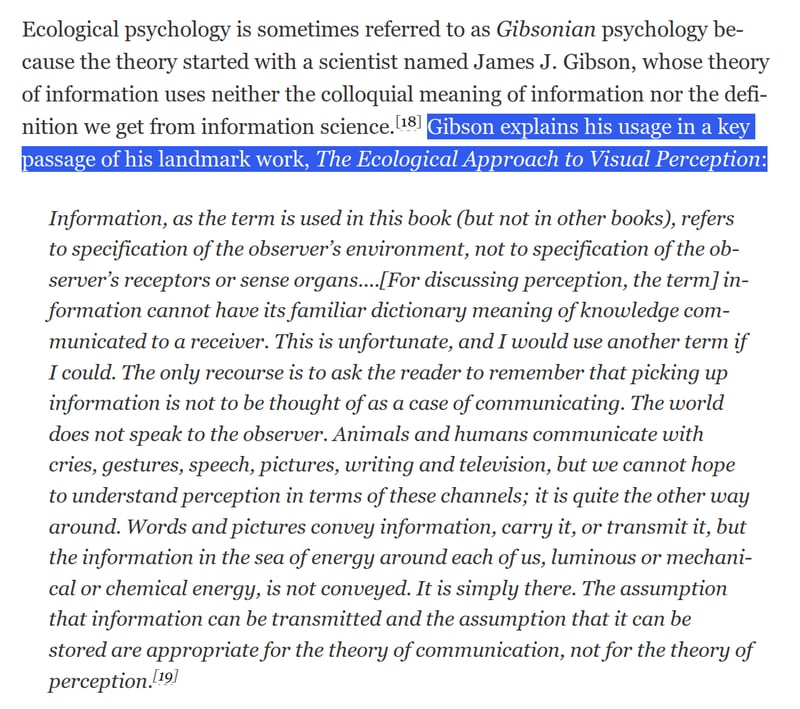
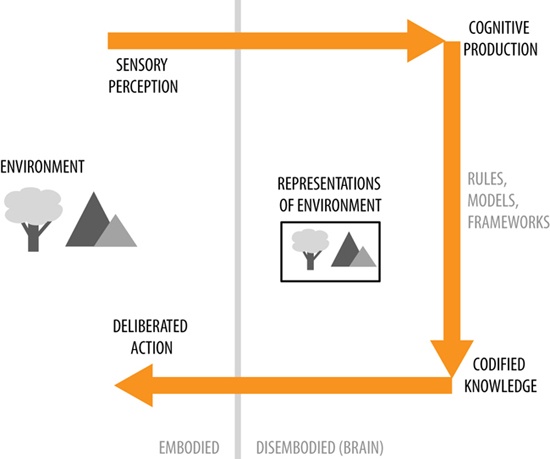
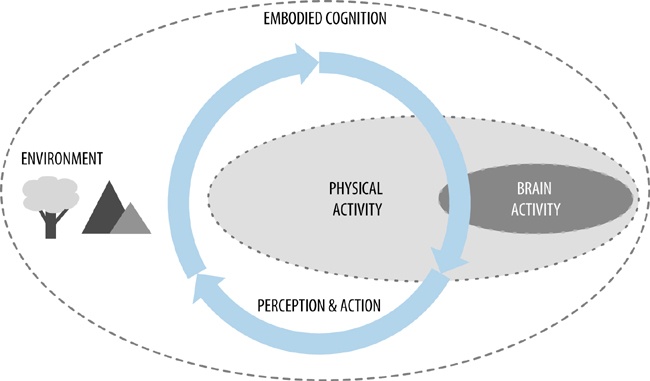
The following from the review of the book "Action in perception, by Alva Noë" - by Patrick Mineault:
The author goes on to discuss some of the more radical aspects of Gibson’s ideas on the ecological approach to vision: “He [Gibson] argued that just as there is a fit between an animal and the environmental niche it occupies, thanks to the coevolution of animal and niche, so there is a tight perceptual attunement between animal and niche. Because of this attunement, animals are directly sensitive to the features of the world that afford the animal opportunities for action (What Gibson calls affordances).”